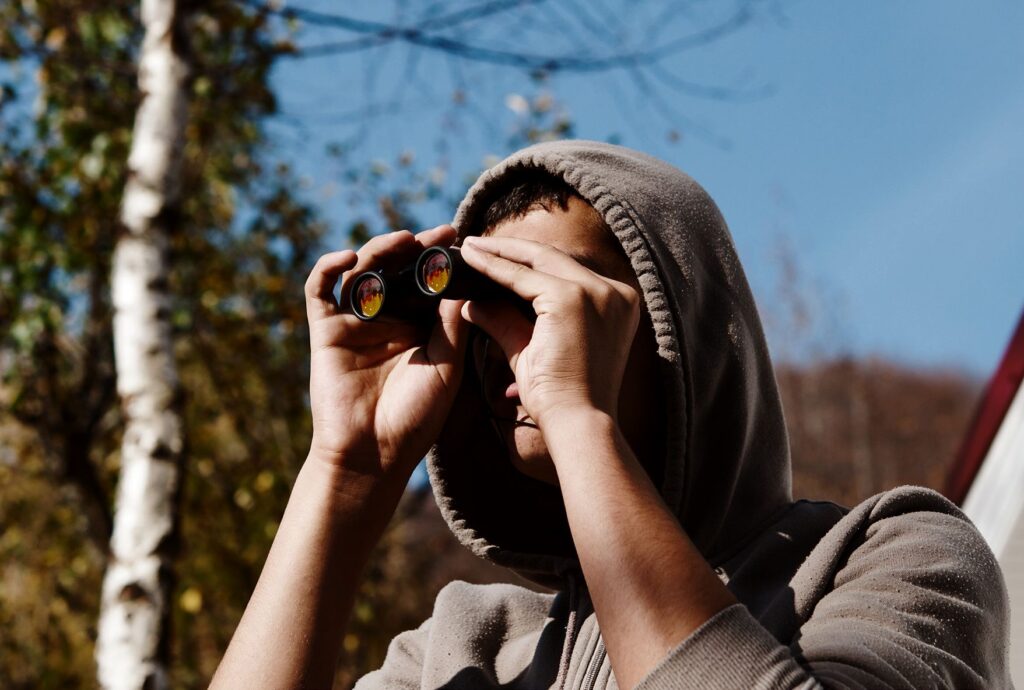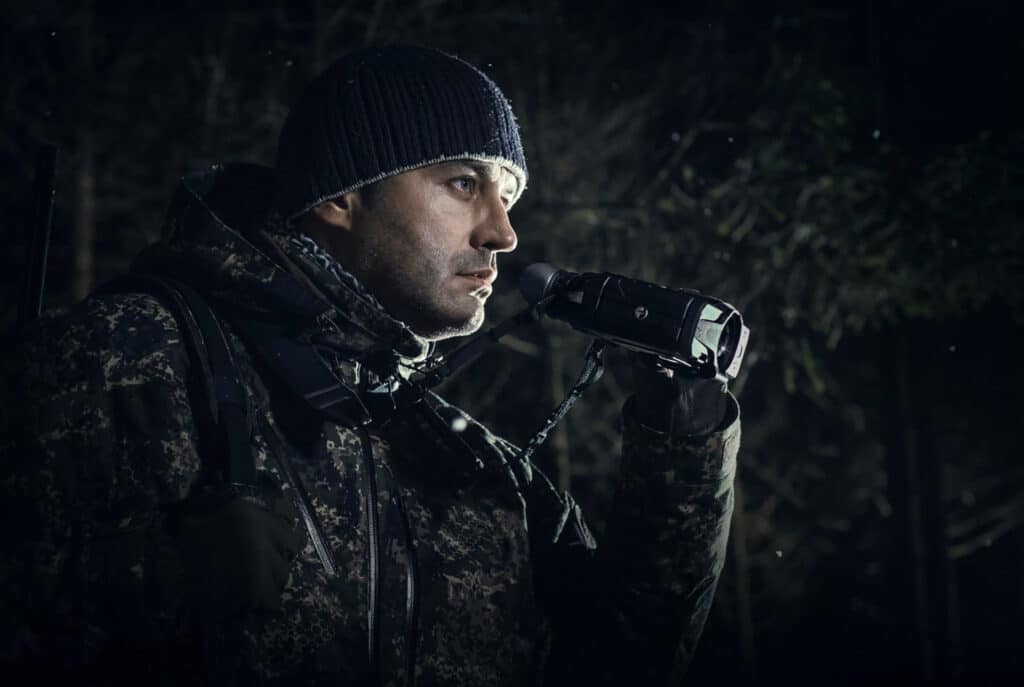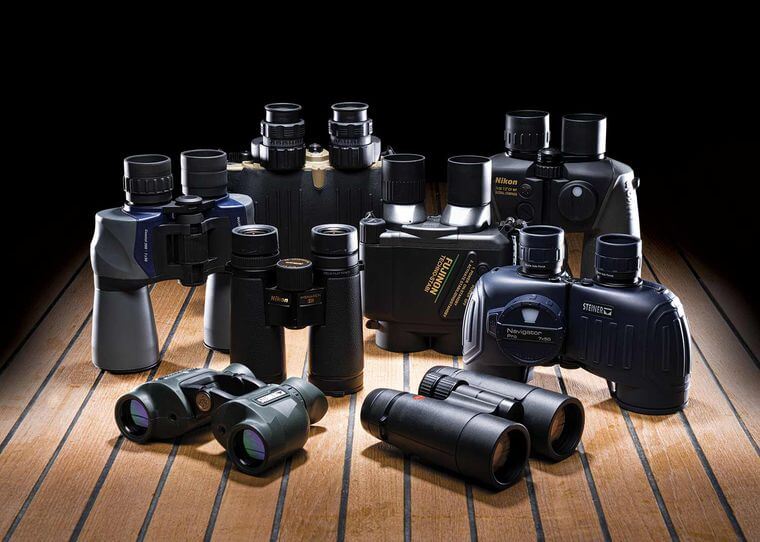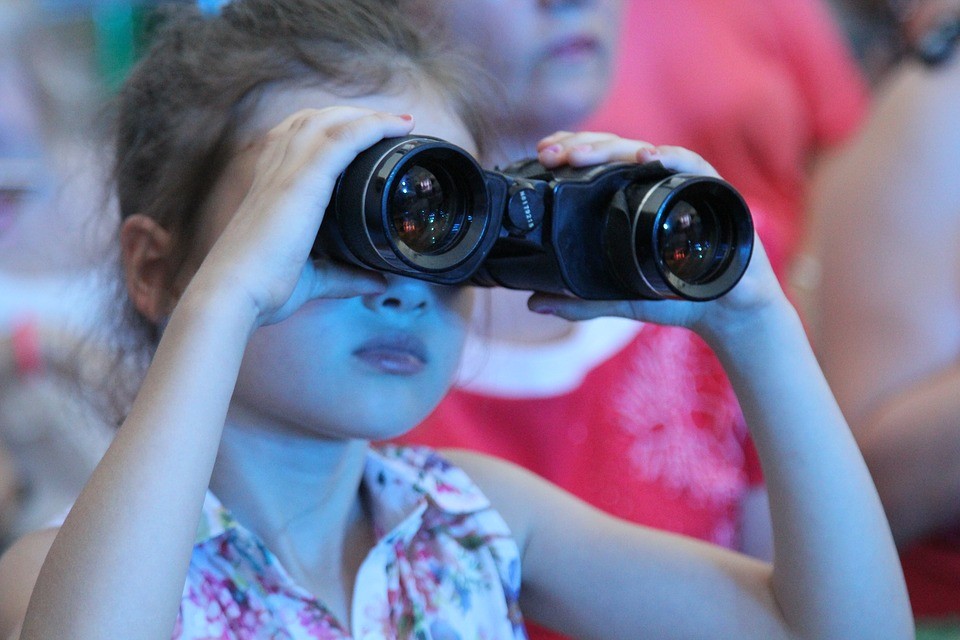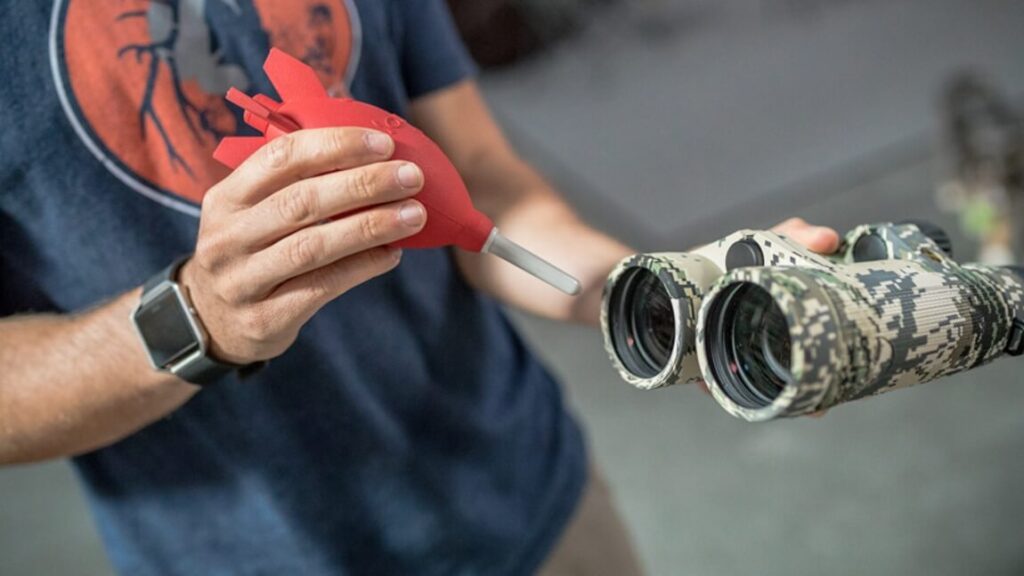

A binocular is used for seeing distant objects, and if you use glasses, the focal length of your glasses is bound to interfere with that of the binocular. Due to this, there might be an added problem focusing on the object to be seen.
This article isn’t here to dwell on the problem but to show you how to use binoculars with glasses. But to better understand the steps that would need to be taken to adjust your binoculars to fit your eyesight defects, you would need to be familiar with terms such as eye relief.
Eye relief is the ideal distance of the eye from the eyepiece of binoculars. If the distance between the eye and the eyepiece is more than the eye relief of the binocular, the outer edges of the object being focused on may not be as clear as the rest of the object, and if the distance is less than the eye relief, you may not get a large enough image.
The knowledge most people possess about binoculars is limited to their ability to magnify. As such, it might seem surprising, but there’s more than one type of binocular, and each type has situations that they are more suitable to than the others Trusted Source Binoculars: Taking the Long View - The Washington Post Millions of bird-watchers, hikers, hunters, boaters and spectators find decent binoculars indispensable, paying prices ranging from less than $20 to more than $1,500 a pair. www.washingtonpost.com .
Based on their general design and compactness, the types of binoculars are:
This is not the only classification used in differentiating between binoculars. They can also be classified based on how their lenses focus. According to this, there exist two types of binoculars, and they are:
Based on these classifications, binoculars might vary in the functions they are most appropriate for. A binocular more suitable for close observation, such as the Celestron Nature DX 8×32, might not be suitable for astronomical observations.
It is to be assumed that wearing glasses while using binoculars would be problematic, but whether or not a problem exists, the solution to the problem can only be figured out after you have identified what type of lenses are present in the eyeglasses you or the user is using.
The lens is selected based on the particular eye defect to be corrected.
If the user of the binoculars also uses eyeglasses, the following tips should be taken note of:
As earlier implied, certain features and factors in the use of a binocular have to be understood to adjust it successfully. One of such is the eye relief that has been defined earlier, but others are magnification, objective, diopter adjustment, focusing knob, eyecups, inter-pupillary distance, and how to avoid “vignetting” while using a binocular.
Because of the nature of the eye relief, the use of glasses is bound to mess with the setting.
A person using glasses would be focusing their images at a different distance from the eyepiece compared to an individual with perfect vision.
It is to remove this difference that individuals with near or farsightedness are advised not to use glasses while using binoculars. This is because their visual disorder can be corrected by adjusting the focus on the binocular.
However, the eye relief that provides maximum magnification and optimum comfort for viewing might still vary, and that’s why the best binoculars offer an eye relief range of 5-23 mm.
To set for the practically shorter distance between the eyepoint of eyeglass wearers and the eyepiece of the binoculars, adjustments are made to the eye relief, with experts tending to suggest a distance of 14-16 mm. This recommended eye relief is generally considered more suitable because it results in lesser strain or eye fatigue when focusing on objects.
Eyeglasses are useful for individuals with eye defects when they are living their everyday lives. But if they find themselves bird watching or performing any other task that requires the use of binoculars (such as spying), it becomes a hindrance.
While it might not be important to learn how to use binoculars with glasses because most visual disorders do not require such knowledge, astigmatism is one of those that do. Other than that, many users of glasses just feel more comfortable using their specs, and this makes this article applicable to them also.
Now that you know the major types of binoculars and the adjustments that can be made to accommodate for your use of eyeglasses, there should be nothing else stopping you from bird watching (or spying) or whichever outdoor activity interests you.
